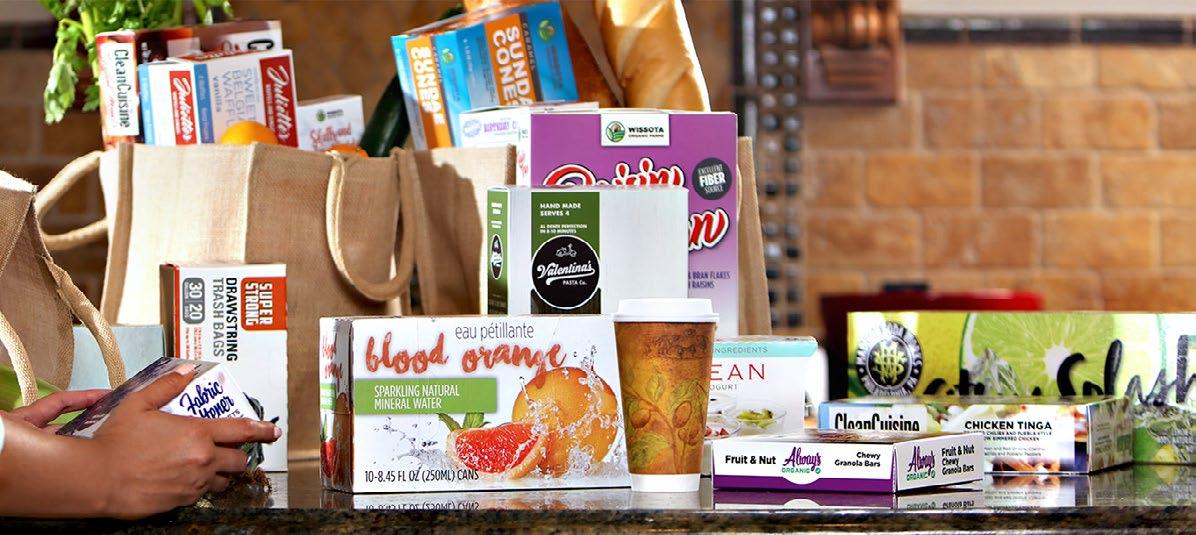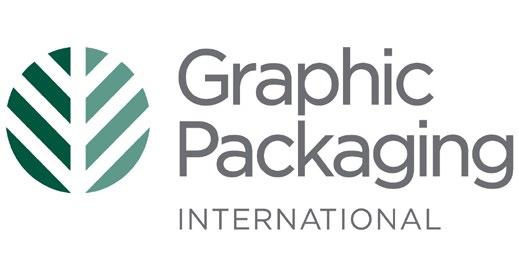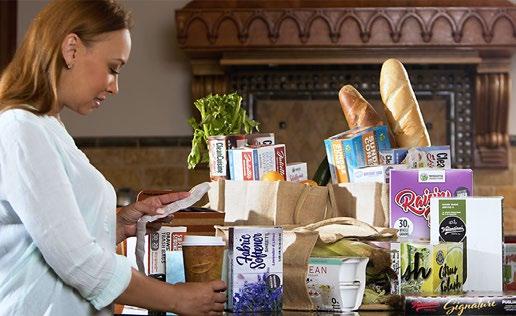
4 minute read
Graphic Packaging
from SPN Sep 2021
by spnews.com
Graphic evidence
collaboration is the key
Advertisement
Ever since 2017, when ‘Blue Planet’ was first aired, public interest in sustainability has grown expeditiously. Today packaging is considered to be one of the biggest contributors to global waste and therefore a concerted transformation towards fully sustainable packaging is vital. SPN looks at the arguments put forward by one of the world’s biggest fibre-based packaging companies on to how to meet the expectations of the world’s consumers. Philip Yorke reports.
Dr Elodie Bugincourt Graphic Packaging’s sustainability manager EMEA, told SPN: “Sustainability has become an overused word. Consumers are smart, critical and demanding. They want real action from brands and suppliers when it comes to their practices and the products they offer. It is no longer enough for brands to make sweeping claims. Consumers expect brands and suppliers to substantiate why their products, services and practices are sustainable and what their effect is on the environment. Talking about sustainability and giving substance to claims, however, becomes rather complex given the different attributes considered, perspectives and local situations, and this creates a lot of confusion for consumers”

A realistic vision
As a producer of over a third of America’s fibre-based packaging, and with almost 100 facilities worldwide, Graphic Packaging International (‘Graphic Packaging’) does not take its leadership position lightly. The company plays an increasingly important role as a global industry sustainability ambassador by offering product portfolios which emphasise renewable and recyclable materials. The company’s ultimate goal, is closely aligned with its ‘Vision 2025’. This is designed to enable its customers to do business and consumers to live their lives more sustainable. Achieved by way by delivering responsible packaging solutions that have a positive impact on the world and optimises circularity,”
“In order to fulfill that commitment, we understand we cannot work in isolation,” says Bugnicourt. Packaging legislations and regulations in the sector, and associated industries such as the waste recycling chain, vary a lot depending on their geography. This level of complexity makes it difficult to make impactful change on a global scale when innovating for increased sustainability. For example, there is an 80+ % recycling rate for paper and cartonboard in Europe, according to Eurostat1. However. This is not typical of every continent. “Just because a pack is recyclable doesn’t mean that it’s recycled,” declared Bugnicourt.
In its Vision 2025, the company has set out its commitment to advance its sustainability and social responsibility initiatives and to promote stewardship of the Earth’s natural resources throughout its production processes. This includes ambitious goals to reduce greenhouse gas emissions, decrease dependence on fossil fuel-based energy and responsibility utilise water.

CRYOVAC® Brand Recycle-Ready Shrink Bag
Sustainability within reach
First in the industry to be laboratory-certified with global recyclability protocols, these new materials are 100% compatible with LDPE/RIC4 recycling streams and offer an EVOH barrier for enhanced product protection and performance.



Find out more www.sealedair.com/recycle-ready-bag
“Our focus is on continuous innovation in bringing more sustainable solutions in all segments that we service. To do this effectively, the Graphic Packaging approach is to partner with organisations that unite suppliers, brands and retailers throughout the supply chain. This allows us to better understand how innovation around sustainability can be woven throughout the business to drive meaningful change,” added Bugnicourt.
Global and European forums
Graphic Packaging does this on a global stage, through membership of organisations such as the Ellen MacArthur Foundation, the world’s leading circular economy network, which enables collaboration with like-minded businesses, academia, policymakers and institutions to drive systemic change. Feeding into its collaborative innovation on a European level is the company’s work with the Confederation of European Paper Industries (CEPI) and the 4Evergreen Alliance, a forum to engage and connect industry members from across the fibre-based packaging value chain.
“What’s exciting about all these partnerships is that it gives each organisation involved, a profound understanding of how to shape new product development in a way that’s not only advancing sustainability and social responsibility initiatives in their particular field, but is also more likely to work in reality across the entire value chain. Thus ultimately, meeting similar ambitious sustainability aspirations across the globe. Any gains we make are amplified through our collaborative efforts, taking us closer to achieving cohesive global circularity at a much greater and more effective rate.”
Utilising collaborative knowledge
Clearly SPN’s take-away from this latest contribution from Graphic Packaging is that any packaging business today can offer functional, convenient and environmentally sound packaging solutions. However, by taking a collaborative approach to research, development and innovation, and backed by the cumulative knowledge of leading global businesses and organisations in the industry, it is possi9ble to make a major difference and to lead the way in defining realistic solutions for a circular future on a global scale.
For more information on Graphic Packaging’s sustainable solutions, please visit graphicpkg.com.













